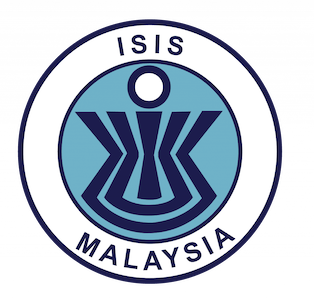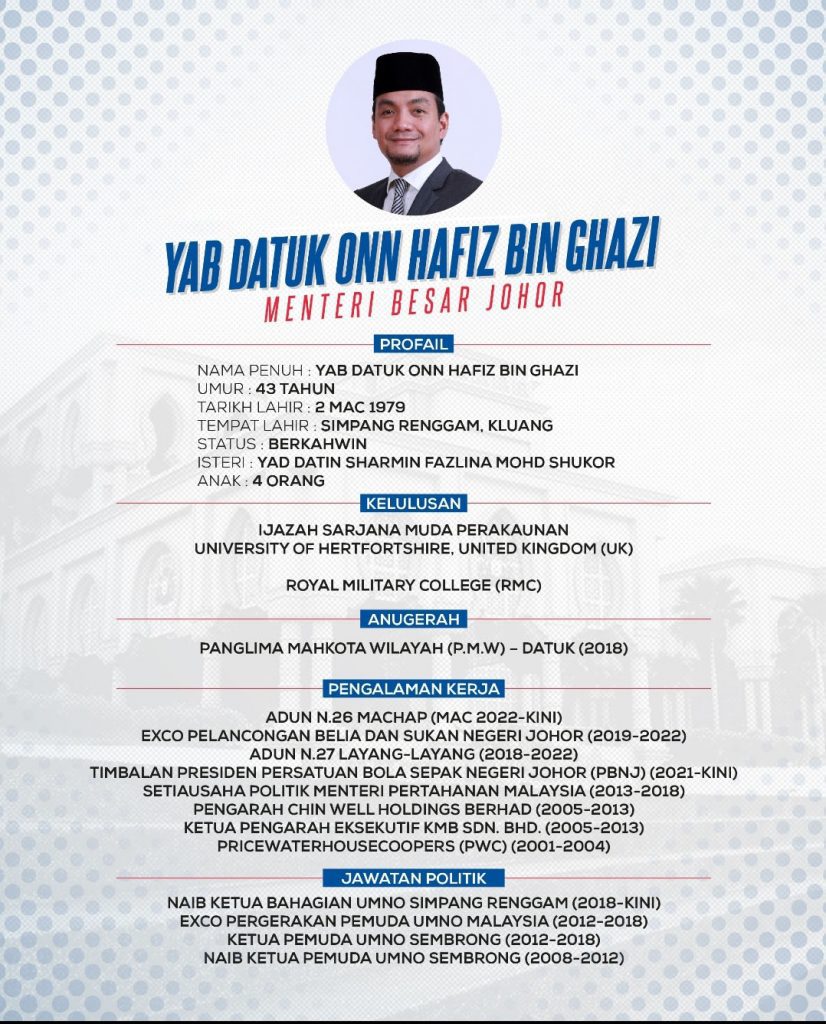With pressure to build on existing track record, Malaysia should leverage on interests to deliver on economic and development front
By Izzah Ibrahim
ASEAN remains in the limelight because of developments within and beyond Southeast Asia. Of great interest to many is the discourse surrounding the current state of institutional cohesion and its ability to assert centrality while managing regional affairs.
This focus on assessing ASEAN’s overall leadership capacity in relation to its mechanisms, while important, does not sufficiently incorporate discussions about the capacity and role given to the rotational chairmanship. With Malaysia assuming this role in 2025 and in consideration of past chairs, there needs to be greater preparation and understanding of what the role entails and whether they can meet them.
For the most part, there are generally positive sentiments towards the chairmanship role. For example, Indonesia’s term, entitled “ASEAN Matters: Epicentrum of Growth” was an effort to empower the institution through bolder initiatives. These include the issues of Myanmar, the promotion of the maritime agenda and the implementation of the ASEAN Outlook on the Indo-Pacific (AOIP).
Similarly, Laos’ “Enhancing Connectivity and Resilience” complemented its efforts to enhance its position for regional connectivity while reaffirming its commitment to a better connected and resilient regional bloc. It also serves as an opportunity for a member state to guide regional agendas into aligning with its own national interests.
Dealing with reality checks
Despite expressions of interest, the last two chairmanships highlighted the dilemma of the interplay of national priorities, institutional constraints and external variables. It remains clear that domestic interests are the most influential driver guiding international relations in Southeast Asia. Both the Indonesian and Laotian examples demonstrated the extent to which individual state capacity limited their contributions to ASEAN.
The former’s initial gusto was slowed, especially over the management of sensitive matters, such as Myanmar and the competing attention demanded from its G20 chairmanship. The latter, already facing apprehensions about their capacity and overall diplomatic capital, were operating through the lens of how they could achieve the desired results for their own economic development. While there were discussions about whether they managed to deliver on such promises, it also serves to evaluate a state’s goals and the means used to achieve them.
Thus, the varying ways member states carried out their chair duties do raise questions about the expectations and qualifiers for successful leadership in ASEAN. In principle, the chair is entrusted with three main duties: to act as a spokesperson; to be both chair and facilitator of ASEAN Summits and similar official meetings; and promote the institution’s interests and wellbeing.
Alongside the general norms and conduct characterising the ASEAN way, there is the tacit expectation that the initiatives are contingent upon the member state. Ideally, this would contribute towards the goal of consolidating regional interdependence, creating benefits out of the cooperative engagement that could not be achieved from bilateral partnerships alone.
Expectations of Malaysia’s chairmanship
While much of ASEAN’s shortcomings were framed through its ability to navigate the regional environment, there remains concerns over the ability of the acting chair to support internal cohesion.
Critics have long pointed out the limitations of ASEAN’s leadership and lack of enforcement measures. These pose further obstacles to move the institution collectively at a feasible pace that allows ASEAN to maintain its relevance while contributing substance in such unpredictable times. This also raises questions whether internal reform could be implemented, especially when evaluating which principles and practices that could be retained, reformed or retired.
This shows the considerable list of challenges that a member state must confront upon assuming the chairmanship. In the case of Malaysia, its status as one of the founding members of ASEAN and general track record establishes some degree of expectation of a more assertive chairmanship that is able to push for the implementation of challenging decisions.
Malaysia’s track record includes the implementation of the Zone of Peace, Freedom and Neutrality (ZOPFAN), admission of Myanmar as a member and the establishment of the ASEAN Economic Community. These were follow throughs from ASEAN’s ambitions and the culmination of past groundwork. There is expectation that similar achievements will be replicated.
Prime Minister Datuk Seri Anwar Ibrahim is aware of this enthusiasm, saying that he will chair the periodic meetings leading up to 2025. While no concrete details have been shared, there is considerable speculation on the general themes of the agenda. It is likely the chairmanship will gear towards a more economic- and development-oriented agenda.
This is supported by Finance Minister Senator Tengku Datuk Seri Utama Zafrul Tengku Abdul Aziz’s statements that Malaysia would pursue initiatives that enhance intraregional economic cooperation and to coordinate and complement Southeast Asian economies to benefit from increased foreign direct investments into the region.
However, this will not mean that other major concerns, such as the South China Sea and Myanmar would be overlooked. As Malaysia remains committed to continuously improving their, and ASEAN’s by extension, image on the global space, they would still retain these priorities in the chairmanship’s agenda. While the outcome from these, admittedly sensitive issues are not guaranteed, it is still a key opportunity to reassert the strengths of multilateral institutions at a globally challenging time.
Amplifying ASEAN’s relevance
However, there is a pattern to Malaysian foreign policy that could be detrimental to efforts aimed at sustaining more assertive action. While the principles of non-alignment and upholding amicable relations are unlikely to change, the execution remains inconsistent at best. Inward-focused policies and concerns of appeasing domestic constituents continue to sap political leaders’ attention, as are concerns over actions that might disrupt the stability of its external environment. Furthermore, foreign policy endeavours have long remained under the purview of the prime minister, whose interests towards certain subjects do play a role in the political will and allocation of resources.
Therefore, in preparation of the chairmanship, there needs to be a clear focus in determining deliverables that could be realistically met. This does present an opportunity to incorporate the Malaysia Madani framework into the chairmanship, as the themes of connectivity, togetherness and community building could pave a way to revitalise the way ASEAN’s regionalism is pursued. Furthermore, by leveraging on the existing internal focus, this civil-oriented and inclusive brand of leadership could lend greater domestic buy-in that is often lacking in ASEAN’s pursuits.
This approach must also include proactive engagements beyond policymakers and political leaders. They need to include the youth, civil society and other relevant stakeholders to create opportunities for tangible exposure to ASEAN’s relevance in the wider developments in Southeast Asia.
A greater awareness in the roles and responsibilities can encourage initiative and self-confidence in how member states could add value to ASEAN and the institution’s way to meet growing challenges.
The outcome of ASEAN chairmanships has produced mixed results, underscoring the ongoing dilemma of balancing the institution’s goals with its own limitations, member states’ national priorities and the dynamic international environment.
Given the expectation and roles the framework exists in, there needs to be a recalibration in the way ASEAN’s successes are measured. It should be approached as a work in progress, an evolving body that thrives from its members mutually agreeing to goals. While the chairmanship is limited to a year, it could still contribute towards long-term outcomes and continuation of the broader regional vision rather than just adding more empty promises.





